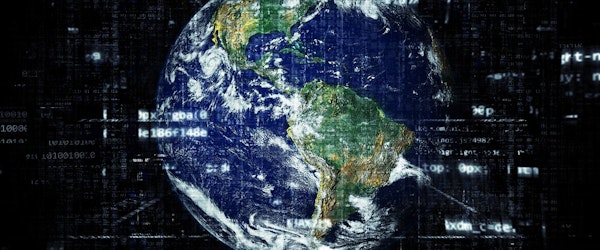
Global Risk Crisis Intensifies as Economic, Climate, and Cyber Threats Intersect
Wednesday, September 17th, 2025 Catastrophe Insurance Industry Risk Management TechnologyA convergence of economic instability, geopolitical friction, mounting climate perils, and fast-evolving cybersecurity threats is reshaping how risk is perceived and managed across the insurance industry. Experts at a recent members-only webinar hosted by the Insurance Information Institute (Triple-I) highlighted how modern risks no longer emerge in silos but instead collide and amplify one another, creating challenges that far exceed the impact of individual threats.
Scott Jones, president and cofounder of TradeSecure, described a global risk landscape where disruptions rapidly spread across seemingly unrelated systems. From trade restrictions to economic sanctions, regulatory complexities are straining global supply chains and heightening exposure for multinational businesses. These overlapping pressures, he said, undermine the longstanding foundations upon which the insurance sector was built.
Cybersecurity risks are particularly acute in this interconnected era. The increasing accessibility of malicious software enables actors ranging from criminal syndicates to rogue individuals to launch disruptive cyberattacks. Michael Beck, TradeSecure’s vice president, warned that a coordinated non-state cyberattack could halt the flow of financial transactions, sparking a surge of claims that may overwhelm traditional cyber insurance frameworks.
Despite growing concern, personal cyber insurance adoption remains low. Misunderstandings about cyber coverage persist among consumers, while declining cyber insurance rates point to a disconnect between perceived value and actual risk. As insurers adapt to this shifting landscape, bridging this perception gap could be key to improving resilience in the face of systemic, multi-dimensional threats.





